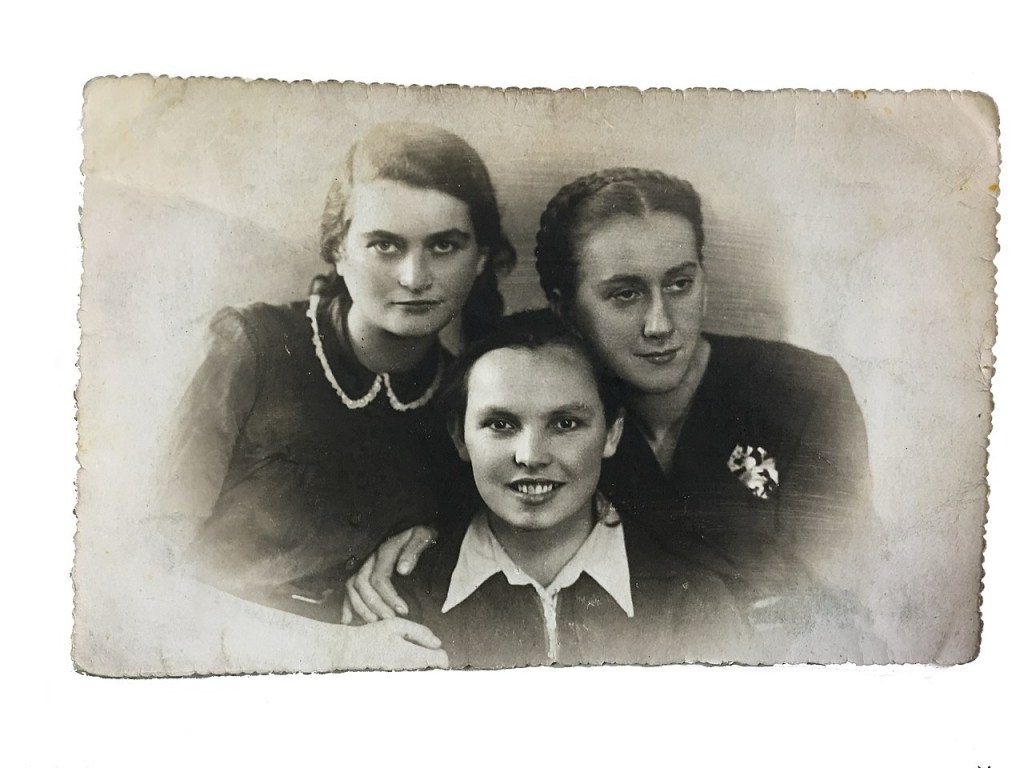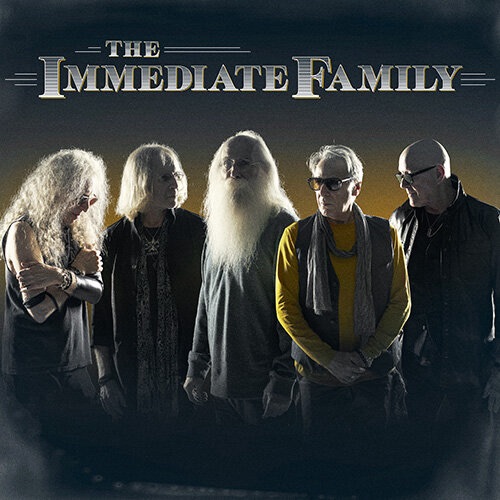
There is a line, early in this documentary, that asks why the Jews went like sheep to the slaughter by the Nazis. That is a popular belief and misconception. The 97 minute film shows that the Jews resisted on many levels, including with what weapons and explosives they could find.
What is often overlooked was the unarmed resistance – Amidah – standing up against the Germans as a way to preserve Jewish identity and humanity.
“The Germans documented many aspects of their war against the Jews, but they were allergic to any mention of Jewish resistance, leading many to think it never happened and to believe that ‘Jews went to their deaths like sheep to the slaughter.’ By documenting many examples of Jewish resistance in ghettos, forests and camps, Resistance – They Fought Back – shows just how wrong that idea is.” – co-director Paula S. Apsell
This is a superb film that grabs the viewer with the first images and doesn’t let go even after the credits have rolled and the theater lights come on. The audience sat still through the end of the credits, no doubt in a state of deep respect and sadness. That’s how I felt.
The story of the Holocaust has been told through many films, books, museums and other means. What is important to realize is the Holocaust is not one story, it is millions of stories, some documented, many lost to history.
However, the story of Jewish resistance, is a story that has been difficult to tell. “As I would learn, many stories of Jewish resistance have all but vanished. In some cases, no historical records exist, and no one survived to tell the tale,” stated Apsell.
Geoanthropologists have unearthed time capsules of sorts, diaries and other pieces of history, from death camps and other sites. Items from these excavations, tell the stories of those who experienced it.
One impressive device used by the filmmakers is going to actual locations – cities, camps, train stations, apartment buildings and mass grave sites to match historical documents, films, photos and witness stories with what happened there.
“If you look at the film there are many instances where we went to places in Poland and Lithuania and we found the exact place that someone described where an example of Jewish resistance took place,” co-director Kirk Wolfinger told Deadline. “And we had photographs and our director of photography, who happens to be my son, he and I would just search for that building, that curb that we know it is in the picture and we’d try to find it. Because we wanted to be able to say with one hundred percent accuracy that this place existed.”
Stripping a person of their dignity, exerting control over hope, and dehumanization – these are strategies the Nazis used to break the spirit and manipulate their victims.
Still, Jews continued to plan and carry out ways to escape, gather weapons and manufacture explosives. The prisoners set up forgery operations to shield other Jews by posing as non-Jews. Some of these “non-Jews” became couriers of information and weapons. Some were successful, others were found out and executed. Women prisoners smuggled explosives materials in their shoes and other hiding places on their bodies, past the guards who body searched them, to make explosives used in camp uprisings. The penalty for being caught was death, which happened to four young women, who went to the gallows without revealing the names of others involved. Resistance.
Some of those featured in the documentary were:
Abba Kovner formed the Avengers, which killed enemy soldiers, destroyed bridges, train tracks and trains carrying German troops. His manifesto exposed Hitler’s plan to murder all the Jews in Europe.
Bela Hazan saved 12 Hungarian women from the gas chambers by sneaking them into the women’s camp. She adopted a Christian identity and served as a courier of information, documents and moving weapons between ghettos. Later captured and sent to Auschwitz, she helped save 140 sick and immobile patients from execution.
More on Bela

The kashariyots’ primary functions were to reconnect the Jewish communities, political parties and youth movements, working between the various ghettos.
The Bielski brothers, were a partisan group operating in the Naliboki forest that saved 1200 Jews.
The Sonderkommando uprising at Auschwitz-Birkenau on October 7, 1944. The uprising destroyed a gas chamber and crematorium, which led to abandoning the camp.
One fact that astounded me was the vast number of women who were resistance fighters, couriers or smugglers. At great risk of their own lives, these mostly young women, volunteered for the crucial, but dangerous jobs.
The Nazis were careful about what they told the captive Jews, not wanting to eliminate hope, or cause massive riots. The term “labor camp” was often misleading. While many would be used as slave labor, these were ultimately death camps. They were told that camp life would be more comfortable than life in the ghettos, making it easier for the Nazis to control them. And of course, the showers were really gas chambers.
The filmmakers bring history to life by using the words of participants, through narration or from descendants. Those stories are personal, and puts the audience face to face with Holocaust survivors and the children of those who are not present to tell there stories.
So, how did Jews resist? When I hear the word resistance, I immediately think armed fighting. There are stories in the film of ghetto uprisings, death camp revolts, and resistance groups operating in the forests doing sabotage work.
There were other means of resistance, which I had not realized or understood their actions as resisting the Nazis. As is carefully explained in the documentary, the Nazis used many methods to strip Jews of their culture, history and dignity. Taking homes, jobs and possessions is one way. Destroying photos, books, family mementos, jewelry is another. Prohibiting the practice of customs and rituals, banning education and outlawing music and artistic activities are yet another.
Through personal stories, the film shows how Jews continued to do these things in secret. Schools were set up to teach as long as there were teachers and students. They took care of the sick and elderly. The Nazis could take possessions, even life itself, but not the soul.
The film focuses mainly on Poland, Latvia, Hungary, and Lithuania, large Jewish population centers. Geoanthropolists from several universities are shown documenting mass grave sites where thousands of men, women and children were murdered and dumped into trenches. It’s unbelievable how many mass grave sites exist.
Even in 1944, as Germany was losing the war on both fronts, they not only continued the Final Solution, they increased the killing. And they took more actions to hide what they were doing.
As the film noted, the Nazis were fighting two wars: one against the world, and one against the Jews.
The Jews in Europe in 1939 or 1940, had no idea what Hitler really had in mind for them. What they heard about the treatment of German Jews was bad, but the systematic elimination of a race? Only the Nazi command knew. In the film, a Pole did not fear the Germans, he remembered the First World War, they were decent soldiers. When the Nazis arrived he was severely beaten. Then reality sunk it.
For some, life in the ghetto was enough to convince them the Nazis weren’t their protectors as they claimed, they were assassins. To more and more Jews, they knew they would die at the hands of the Nazis. If they were going to die in captivity, then why not resist and keep their spirit alive, if they were going to die anyway. That was when resistance efforts became more daring and organized.
This is a film that everyone should see. Yes, what you see and hear is uncomfortable – but it happened. Each year, fewer and fewer Holocaust survivors are left. Hate, persecution and authoritarianism have not disappeared from the Earth. History can hurt, but we need to know it and understand it.
Look for this film, and watch it.




Leave a comment